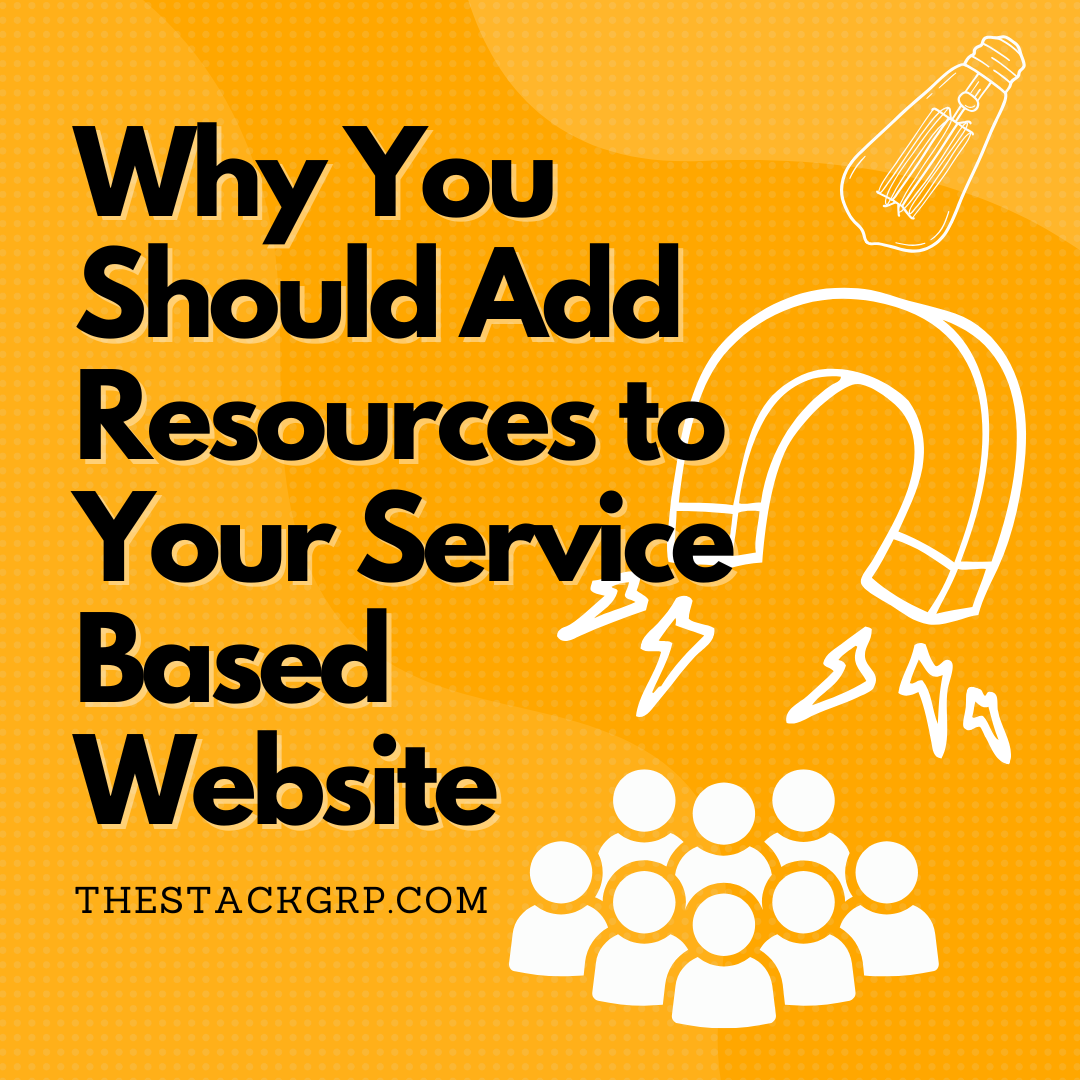Understanding the Pros and Cons of Using Mobile-First Design
Share article
A business’s website is one of the most vital tools they will need to attract customers online and make themselves more visible. SEO experts place a site as one of its top priorities.
To create a successful website, businesses need to make an engaging and informative web design that can provide a great user experience. The ideal web design is able to provide what a person needs while looking good. Many developers offer these services to small businesses that are looking to spark an excellent reputation online.
However, with the innovation of processes, mobile-first design is slowly integrated by web designers. This abandons a desktop-oriented website and shrinks it down for mobile by creating the web design based on mobile dimensions instead.
Here are some fair advantages and disadvantages of using a mobile-first strategy for your website.

PRO #1: User Preferences
It’s more likely that people on the internet have a mobile phone rather than a personal computer these days, depending on the age. Because everyone’s using smartphones and tablets in this day and age, it stands to reason that most information and websites are viewed on a tinier screen. People type and look up everything on their handheld with a few swipes.
Traditional websites were often shrunk down when accessed through a phone, but going with a mobile-first approach when developing the pages may prove better placement of the visuals and a more optimal user experience.
PRO #2: Information-Focused
Web design often includes many visual elements and large pictures in the output, and it usually takes up the whole computer screen. The mobile-first design has a limited space that requires text and information a whole lot more. Chosen content needs to be more specified and requires more intent to justify putting them in.
Creating a website with mobile in mind actually hones and reinforces certain web design principles, such as including only what you need. There’s still flare and color involved, but you don’t have to stuff a page full of pictures if there’s no essence. It can be pretty refreshing.
PRO #3: Lacking Lag and Bugs
Mobile-centered websites are coded much more straightforward than traditional web designs, making it easier for developers. This simplicity is because the web’s styling is a little more standard; it just lessens the need to reorganize and rework the complicated codes included in traditional in order to get a mobile variation.
There are minor troubleshooting and mobile testing to do on the site afterward since the design was made to optimally match a phone screen. When you need to add updates or swap some things up, it won’t be too complicated either. Win-win.
PRO #4: Features Responsive Designs
Unless you have touchscreen computers, there’s really no reason for you to tap and swipe the monitor. Meanwhile, you don’t have a mouse on the phone that can hover over links or scroll down for you. These differences and the knowledge of how many mobile users there are prompted the need for a more responsive web design.
A mobile-first design that allows people to interact with it and explore different pages can also keep people on the site longer and entice them to purchase going through it. It’s impossible to say no to a working method that can increase your conversion rate.
PRO #5: Quick Loading Speed
The last advantage of creating a mobile-first web design is that the site will load twice as fast and won’t need to be calibrated into a different style to fit the tiny browser on the phone. Quick loading speed is something any business should strive for, as it boosts their SEO ranking on Google more often than not. This entails visibility and more potential clients.
Site visitors will also take that quickness into account and click the different links in your design if their internet can find it. You can also utilize other techniques to quicken the loading speed, such as compressing the media files you upload onto it.
CON #1: Requires Different Approach
Understandably, it is a leap to go from desktop-oriented web designs to go into mobile plans. When you’re used to something so much, it can be jarring to have to forget most of that and learn from scratch about what you’re supposed to do.
Mobile-first prioritizes the users more than anything else, along with what they’re able to view and access. It can take some adjusting, especially when it comes to deciding what you want to place. It’s a lot of trial and error.
CON #2: Less Space to Work With
Aside from the difficulty of working with a different approach, you’re also working with a smaller template. This can limit the creative ideas that you want to incorporate into the web design, which is nothing short of frustrating for some website designers.
However, if you’ve already created and adopted a mobile-first approach, it won’t be too difficult to expand and update what’s on the site afterward. It also poses a challenge on how unique you can make a mobile website be despite the limitations you have against you.
CON #3: Outsourcing the Skilled
Because plenty of designers are much more used to the traditional style of web designing, you may have to scour different pools of web developers to find one who would be willing to carry out a mobile-first design. There’s no shortage of talented designers on the market, though, so you won’t have too many complications in contacting and connecting with one.
CON #4: Disorienting for Desktop
Just because you’re creating a mobile-first design doesn’t mean you get to abandon the desktop design for your website. You never know what device a customer is using or if they switched to take a better look at your business. As long as you remember to expand your mobile design and its features to create a website version for your desktop, you’re in the clear.
CON #5: Potential Negative Feedback
Criticism can often come unavoided, but take time to listen to your audience if there’s anything they found inconvenient in your web design. There might be specific details or odd layouts that are difficult to navigate for users. Take this into consideration, redesign, update, and test it until you feel satisfied and fulfilled by the outcome.
Conclusion
So taking all this into consideration, should you do a mobile-first design instead? It’s an interesting prospect that’s worth trying. Plus, the pros outweigh the cons, and it’s easy to remedy the disadvantages by being vigilant and remembering to create a corresponding desktop web design via expansion.
Looking for
custom web design company? The Stack Group has been developing websites for over 15 years. Reach out to schedule an
online consult to learn more about our services.
Questions? Have a project you're ready to launch?
Simply text our team at
(857) 256-1295 or send us a message!
Latest Articles




